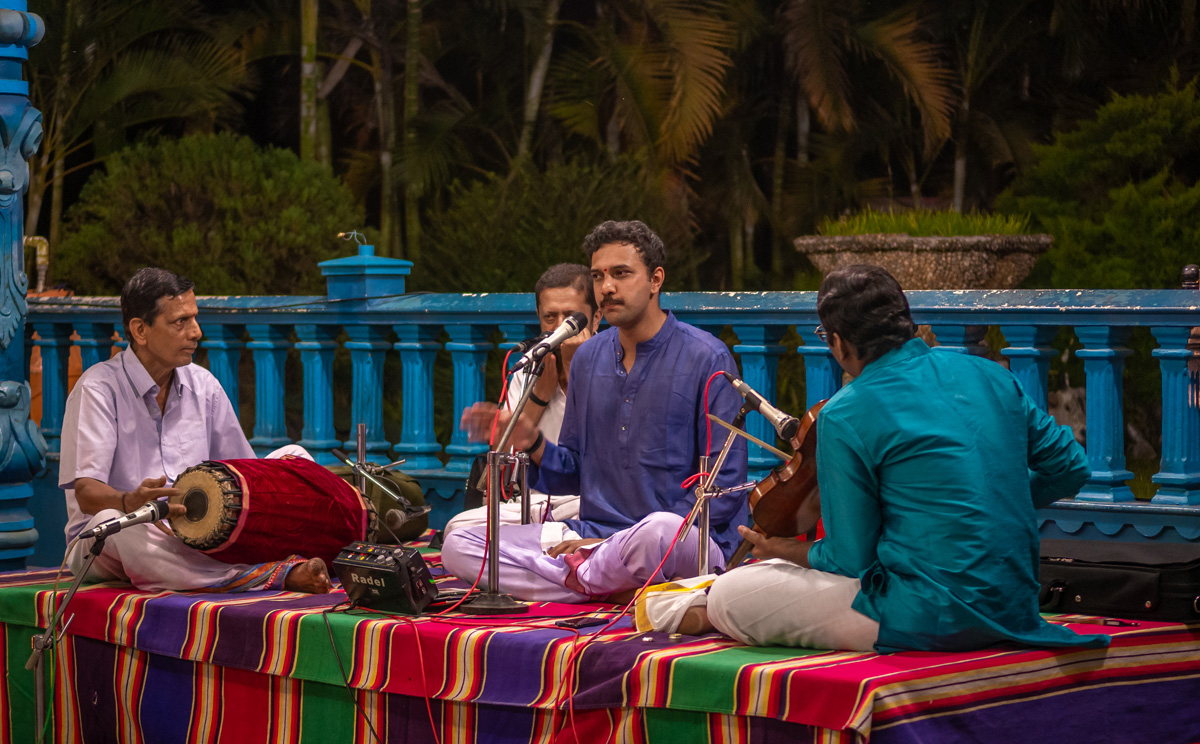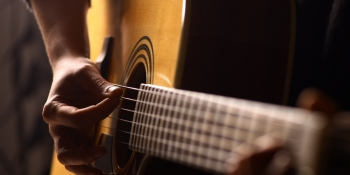
The basics of Carnatic Vocals
Initially when music was introduced to people, it was projected with the combination of a dancer, a musician(singer) and instrumentalist(for rhythms). If there is no padam (lyrics), there would be no abhinayam (expression) in natyam (dance) and if there is no ragam (tune), there will be no meaning for padam. This was explained in the book named ” Sangeetha Ratnakaramu”. It also explained that music was born from “Samavedam” (one of the chaturvedas).
Now to begin training in Carnatic, there are few essentials that you need to know about. The smallest interval of pitch or a sound that is detected by the human ear which creates pleasure while you hear is defined as sruthi.
Sruthi was the term extracted from the book called “Natya Shastram”. Sruthi deals with the division of octaves. In the concept of sruthi, each swaram is different from each other and they can play different roles based on the requirement. It is the equivalent of scales in westen music. Swaram (notation) is the primary part of the music. Singing without swaram which is out of scale, results in the absence of joy in music. Swaram is defined as a notation plotted out on adding flavours in different tunes. There are 7 swaras which are mentioned below.
Sa Re Ga Ma Pa Dha Ni Sa
the saptha swaras are plotted in a step by step way which creates musical pattern while singing.
sa – shadjamu
re – rishabhamu
ga – gandharamu
ma – madhyamamu
pa – panchamamu
da – dhaivatamu
ni – nishadamu
‘Talam’ is the term used in classical music that is defined as the tempo beat on regular intervals of time. this includes clapping, touching/counting fingers, waving, and other gestures that are said to create a rhythmic structure for music.
Ragam and talam are considered life cycles and foundational elements of music. Talam is divided to the tempo of 3 columns which are changed as per the lyrics while singing. this is named as speeds while you sing.
Pratham Kaal (1st speed):- one swaram for one beat is said to be pratham kaal and it follows a tempo(beat on time period).
Dwiteeya Kaal (2nd speed):- two swaras for one beat is said to be dwiteeya Kaal and it follows a tempo(beat on time period).
Triteeya kaal (3rd speed) :- four swaras for one beat is said to be triteeya kaal and it follows a tempo(beat on time period).



 Version
2.0
Version
2.0